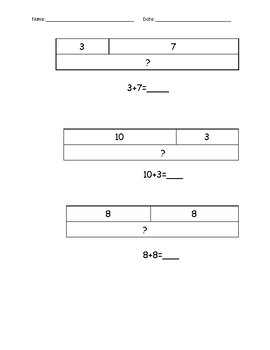


Furthermore, the Northern Plains can again be divided into three significant parts. Since these river basins had a huge amount of alluvial deposits from these glacial rivers, these regions grew fertile over hundreds of years and led to the Northern Plains.

The three major river systems of India- Indus, Ganga and the Brahmaputra along with their tributaries have fed the foothills of the Himalayas. See more interesting facts about Himalayas here.

Though geologically young, the Himalayan Mountains are the loftiest and the most rugged of the world. The northernmost landscape of the country highlights the fold mountains of the Himalayas. The physical features of India can be divided into six broad categories according to their physiographic forms: Himalayan Mountains Thereafter, many such geological events led to the formation of each of the varied physical features of India. Consequently, this collision caused the landmass to fold and become, what we know as the Himalayas today. One such piece- the Indo-Australian plate started shifting northwards, where it collided with the Eurasian plate (now Europe). Over hundreds of years of shifting landmass and ocean currents broke this landmass into multiple pieces. Symbol is facing the 4/5, so we would say 3/4 is less than 4/5.Millions of years ago, the Peninsular Plateau region (the oldest landmass) was a part of the Gondwana Land which covered India, Australia, South Africa, and South America. 4/5 is larger than 3/4, so the large end of our Have four of the fifths, that that is going to be more than three of the fourths, and so 4/5 is greater than 3/4 or you could say 3/4 is less than 4/5, or any way you wanna think about it. Into different sections and you see that if you Sense if you're doing it for different shapes orĭifferent sized rectangles. This is 3/4 of that rectangle, this is 4/5 of a same-sized rectangle. Them visually, remember, we're taking fractions of the same whole. And what is 4/5 going to be? Well, 4/5 is going to be one fifth, two fifths, three fifths, and four fifths. The fourths, right over here, two of the fourths, and then three of the fourths. Whole, or this bottom bar or this bottom rectangle, into fifths, or five equal sections. Top whole into fourths and I've divided this bottom It into four equal sections because I am concerned with fourths so I've divided this That I've divided them into a different number of equal sections. We have a rectangle ofĮxactly the same size. So this is a whole, and right below that, Over here, this rectangle, when we draw the whole thing. Let me just draw that, but I'm gonna divide the first one, so this is one whole right I'm gonna have two copies of the same whole, so Wanna do in this video is compare the fractions 3/4 and 4/5, and I wanna do this visually.


 0 kommentar(er)
0 kommentar(er)
